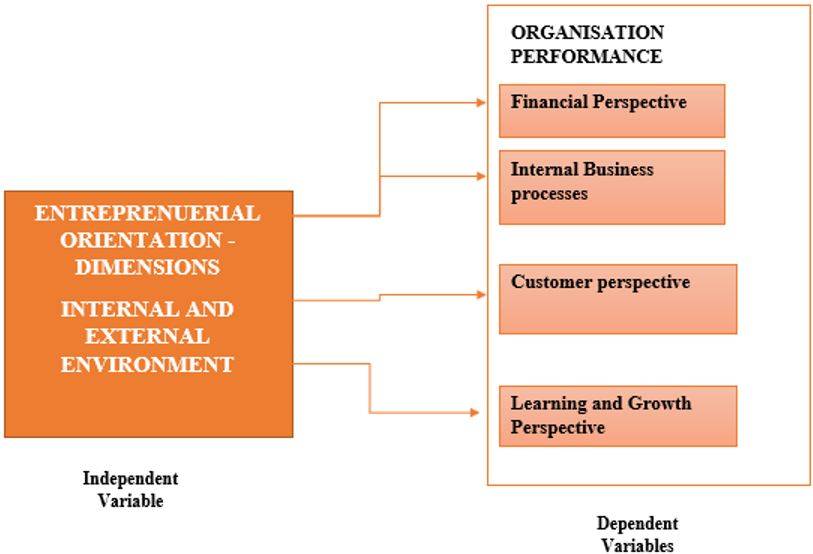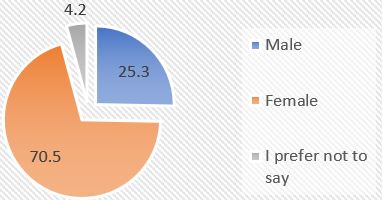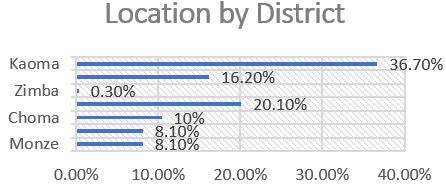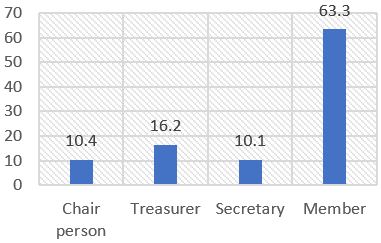The Effect of Entrepreneurial Orientation on Performance of Agriculture Cooperatives: A Study of Solar Milling Plant Cooperatives in Southern Province of Zambia
Godfrey M Munyoro1*, Harrison Daka2
DOI:10.5281/zenodo.15210430
1* Godfrey M Munyoro, Graduate School of Business, University of Zambia, Lusaka, Zambia.
2 Harrison Daka, Graduate School of Business, University of Zambia, Lusaka, Zambia.
The Solar Powered Milling Plants Project, a cornerstone of Zambia’s Presidential Milling Initiative, was introduced to boost the economy and improve rural livelihoods by providing sustainable milling solutions. Despite substantial support from the government, stakeholders, and donor agencies, the performance of agricultural cooperatives especially in Zambia’s Southern Province has remained suboptimal. With agriculture contributing only 2.74% to the country’s GDP and cooperatives accounting for 12% of agricultural GDP, there was a clear gap between potential and realized impact, raising concerns about the effectiveness of these cooperatives in meeting economic and social objectives. This study examined the influence of entrepreneurial orientation (EO) on the business performance of solar milling cooperatives in Southern Province of Zambia, aiming to uncover strategies to enhance their success. The research employed an embedded mixed-methods design, primarily focusing on quantitative data while incorporating qualitative insights. Data were gathered from 364 cooperative members using survey tools and semi-structured interviews. Convenience and purposive sampling techniques ensured targeted participant engagement, with 308 respondents forming the final analysis group. Among these respondents, 70.5% were female and 25.3% were male, reflecting the significant role of women in cooperative operations. The study revealed that EO dimensions, including innovation, pro-activeness, and risk-taking, had a measurable and positive effect on cooperative business performance. A strong positive correlation (p < 0.01) was identified between EO and performance, suggesting that entrepreneurial practices could drive significant improvements in cooperative outcomes. Further, the study examined the interplay between internal and external business environments and cooperative performance. The findings demonstrated a robust positive relationship between these environments and performance, with a correlation coefficient of 0.947. Combined, internal and external factors explained 89.7% (R-Square: 0.897) of the variance in business performance, underscoring their critical role. Internally, cooperatives faced challenges related to operational costs, leadership capabilities, and technical skills, while externally, government policies, market accessibility, and raw material availability emerged as key influencers. The thematic analysis also highlighted that cooperatives capable of organizing their grain supplies and engaging in commercial milling achieved better financial results than those relying on toll milling. This finding emphasized the need for skill development programs, particularly in entrepreneurship and equipment repair, to enhance operational efficiency. The study concluded that EO, alongside both internal and external environmental factors, plays a pivotal role in determining the success of solar milling cooperatives. Key recommendations included fostering innovation, promoting entrepreneurial training, and addressing external barriers such as market access and policy restrictions. By strategically leveraging EO dimensions and improving their internal and external operational frameworks, cooperatives can enhance their financial performance and sustainability. This research contributes valuable insights into improving the efficiency and resilience of agricultural cooperatives, aligning with Zambia’s broader goals of rural development, economic diversification, and food security.
Keywords: entrepreneurial orientation (eo), agricultural cooperatives, business performance, internal environment, external environment
| Corresponding Author | How to Cite this Article | To Browse |
|---|---|---|
| , Graduate School of Business, University of Zambia, Lusaka, Zambia. Email: |
Godfrey M Munyoro, Harrison Daka, The Effect of Entrepreneurial Orientation on Performance of Agriculture Cooperatives: A Study of Solar Milling Plant Cooperatives in Southern Province of Zambia. Manag. J. Adv. Res.. 2025;5(1):105-125. Available From https://mjar.singhpublication.com/index.php/ojs/article/view/201 |


 ©
© 







